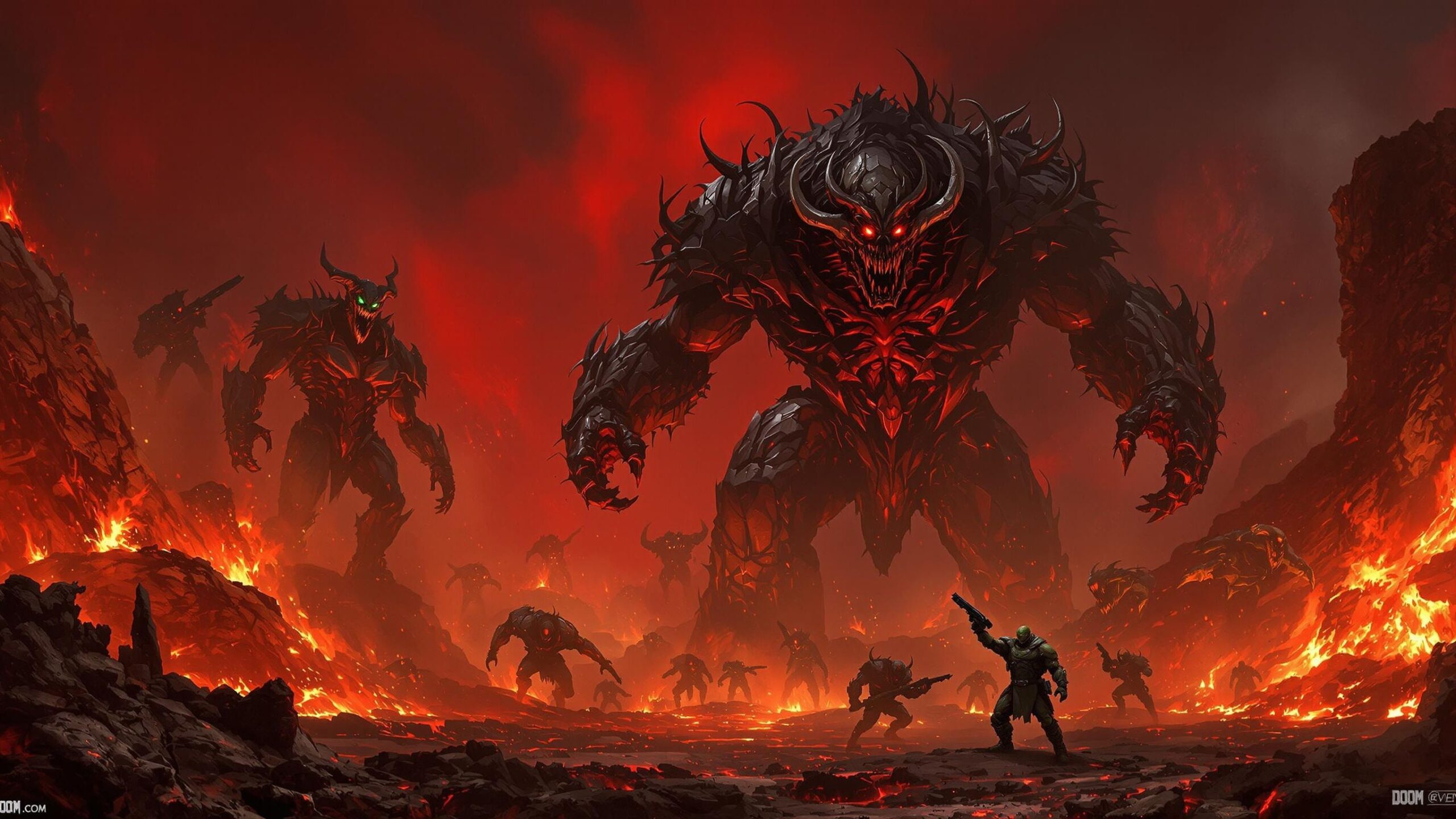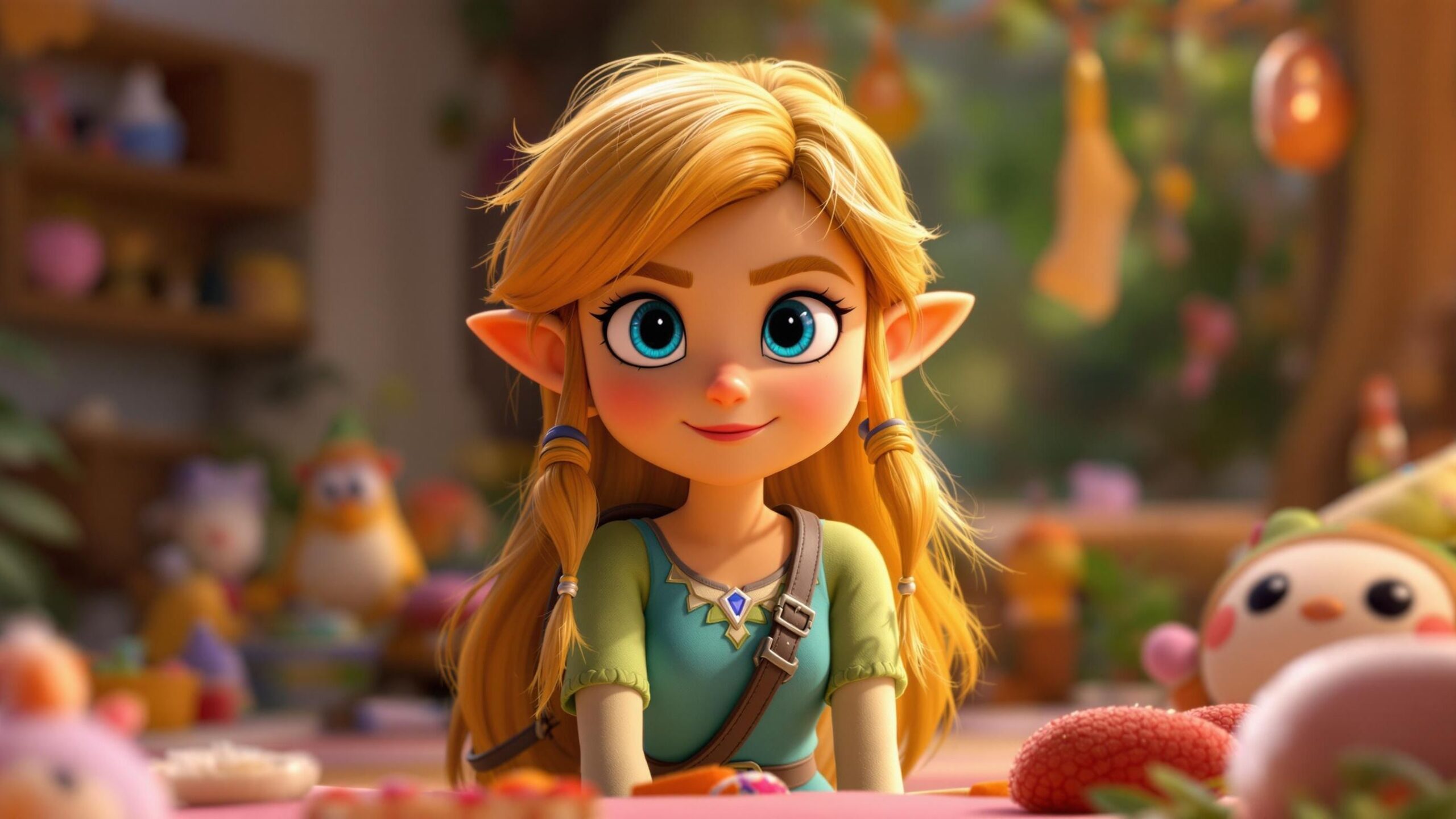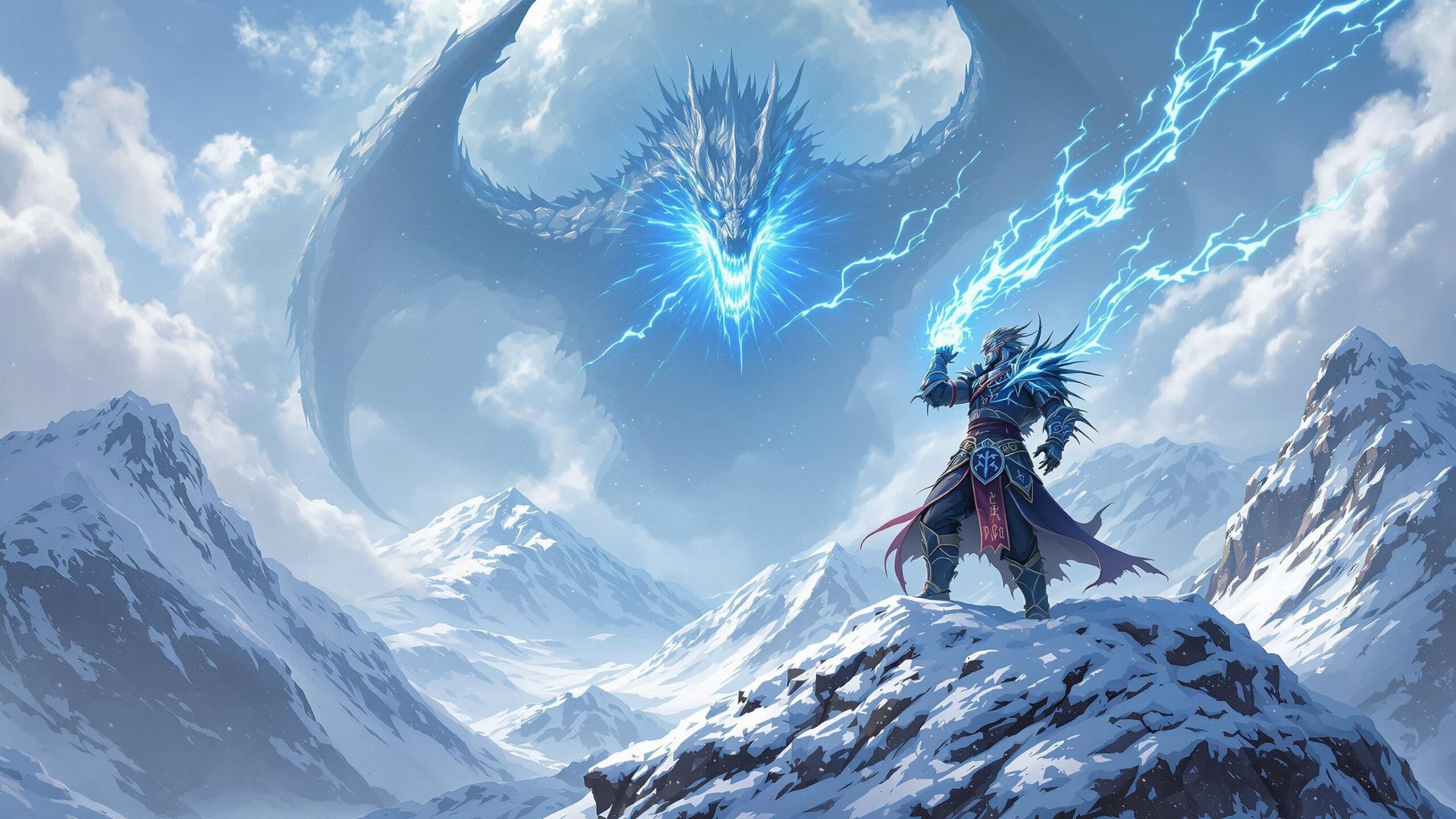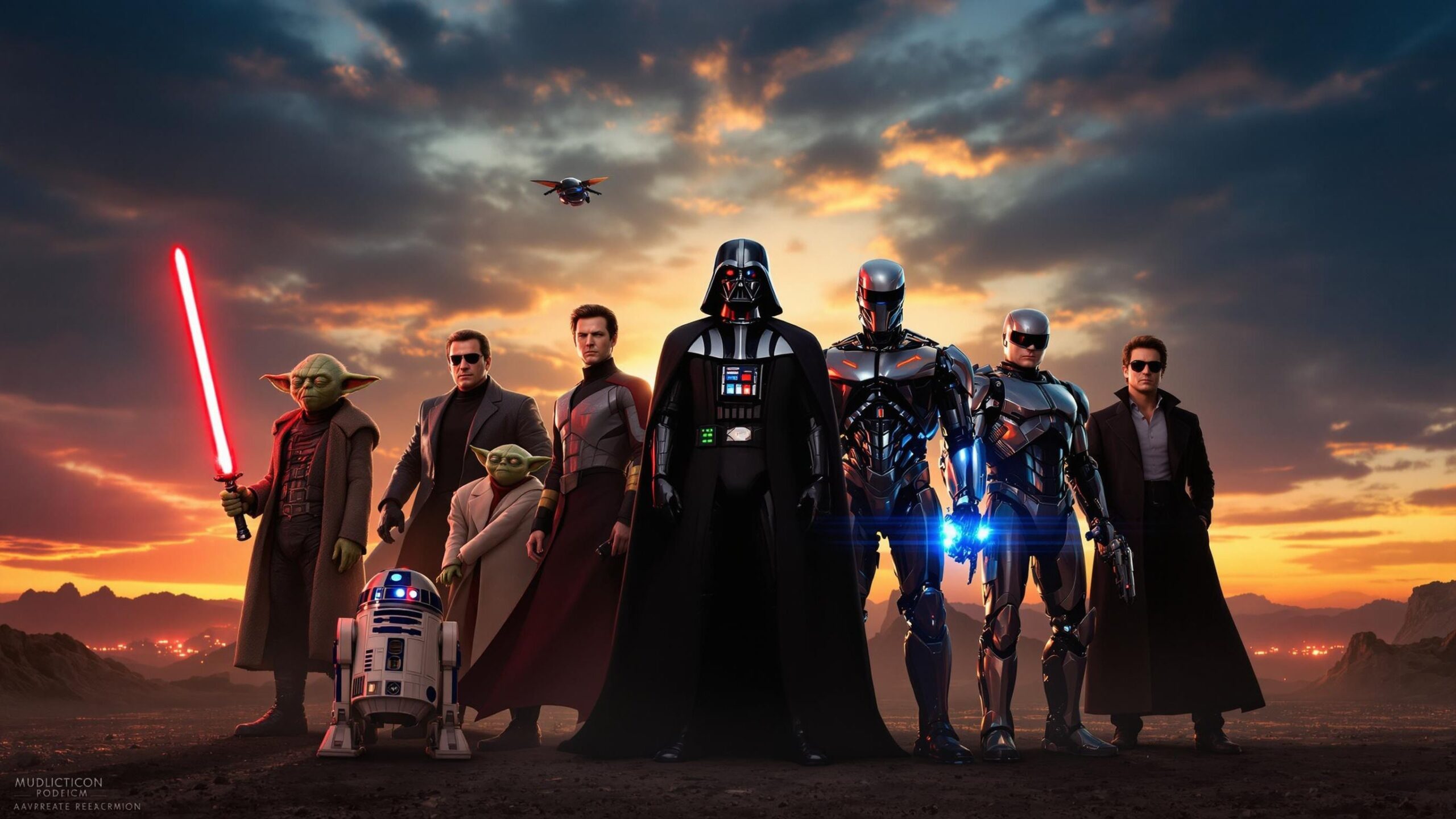Since its explosive debut in 1993, Doom has redefined what it means to face terror head-on. It wasn’t just the revolutionary gameplay that hooked players—it was the relentless, horrifying enemies who filled the labyrinthine halls of Mars bases and Hell itself. Every demon in Doom is designed to challenge a different part of the player’s skill set, from raw aim to battlefield positioning to split-second decision making. Some demons crush players with overwhelming strength. Others torment with sheer numbers or psychological dread. But all of them share a single purpose: to destroy you as brutally as possible. The best of these monsters didn’t just scare players—they forced them to adapt, improve, and fight harder. Here are the ten Doom demons that most terrified players and defined what it means to survive the apocalypse with nothing but a shotgun and your will to fight.
#10: Lost Soul
At first glance, the Lost Soul seems like an afterthought compared to Doom’s larger, more intimidating enemies. It’s just a floating, flaming skull, right? How bad could it be? But the moment you hear that high-pitched, banshee-like shriek and catch a blur of fire hurtling toward your face at breakneck speed, you realize the true terror of the Lost Soul. These creatures thrive on panic. They aren’t built to overwhelm you through sheer numbers like Zombies or to dominate with brute force like Barons of Hell. Instead, Lost Souls exist to shatter your focus—your lifeline in Doom’s furious battles.
In the original Doom (1993), their sudden, screeching lunges were notorious for interrupting firefights at the worst possible moments. Imagine weaving through a barrage of Imps and Cacodemon plasma only to have a Lost Soul blindside you, knocking you off a ledge or into a corner where death is certain. They became even deadlier in Doom II, often appearing in swarms or emerging from Pain Elementals, turning isolated firefights into frenzied melees.
Modern Doom titles, including Doom 2016 and Doom Eternal, redesigned the Lost Soul into a leaner, faster kamikaze unit. In these iterations, they seem even more feral flashing into your vision with savage speed, their suicide attacks dealing devastating damage if you’re too slow to react. One or two Lost Souls might be manageable. But when you’re juggling an arena packed with Cyber-Mancubi, Revenants, and teleporting Spectres, a sudden Lost Soul can be the literal death of you.
What truly makes Lost Souls terrifying isn’t their strength—it’s their timing. Their ability to derail your plans, your escape routes, and your rhythm is unmatched. In a game where control and momentum are everything, losing it for even one second can mean death. Lost Souls weaponize distraction itself, and in Doom, that makes them one of the deadliest enemies of all. Hearing that screech still sends a shiver down the spine of any seasoned Slayer.
#9: Pinky Demon
The Pinky Demon has earned a legendary reputation among Doom fans—not because it’s the smartest or most powerful enemy, but because it attacks a core part of how players survive: movement. Pinkies charge with ferocious speed and overwhelming strength, turning narrow corridors into death traps. In the original Doom, their hulking frames and bull-like rushes could corner players brutally, punishing anyone too slow or careless to strafe properly. Their ability to absorb damage was another key threat; even well-placed shotgun blasts often took multiple shots to bring them down, making Pinkies a terrifying presence in enclosed spaces.
Their evolution in Doom 2016 and Doom Eternal made them even more terrifying. Modern Pinkies are armored from the front, forcing players to outmaneuver them to expose their vulnerable backs. If you attack head-on, you waste precious ammo or risk getting gored. The first time a player encounters the new Pinky charging full speed across an arena is an unforgettable moment. You either learn how to move, dash, and bait them—or you die horribly.
What makes Pinkies uniquely terrifying is their pressure. Unlike Revenants who bombard you from a distance or Cacodemons who hover ominously, Pinkies constantly force you to think spatially. You can’t just point and shoot—you have to use the entire battlefield against them. The horror of hearing a Pinky’s roaring charge from offscreen never truly goes away. Whether it’s your first time on E1M2 or your tenth nightmare arena in Doom Eternal, you know when you hear that sound, you better move—or be ready to restart from your last checkpoint.
#8: Cacodemon
Floating silently like an oversized, grotesque balloon, the Cacodemon has terrified players since the original Doom with its deceptively simple but brutally effective design. It may look almost cartoonish at first—with its bloated body, single glaring eye, and wide, toothy maw—but don’t let its appearance fool you. Cacodemons are hunters. They hover through levels, spitting deadly plasma projectiles and cornering players who dare to underestimate them. The first time a Cacodemon drifts into view, it’s an eerie sight—almost surreal against the fast-paced, gritty chaos around you. But once it attacks, its lethality becomes clear.
In early Doom games, players had to be constantly aware of verticality. The Cacodemon’s ability to float over obstacles and approach from unexpected angles meant that even safe-looking corridors could become traps. They weren’t the fastest enemies, but they didn’t need to be. Their relentless pursuit, combined with their heavy damage output and large health pool, made every encounter a resource battle: how much ammo are you willing to burn to stop it before it reaches you?
Modern entries like Doom 2016 and Doom Eternal reimagined the Cacodemon with enhanced AI, deadlier plasma shots, and terrifying agility. In Eternal, players had to exploit their weakness to grenades—firing an explosive into their mouth at just the right moment—to stagger them effectively. The tension this created was immense: mess up your timing, and you’d have a furious, chomping behemoth barreling toward you mid-fight. In arenas flooded with Revenants, Arachnotrons, and Pinkies, a lurking Cacodemon wasn’t just an added threat—it was often the one that finished you when you lost focus.
The true terror of the Cacodemon lies in its persistence. It’s never the flashiest enemy on the field, but it’s often the one that quietly closes in when you’re at your most vulnerable. Underestimating a Cacodemon is a death sentence. When you hear that low, rumbling growl or spot that single malevolent eye glowing in the distance, you know the clock is ticking—and survival means acting fast and acting smart.
#7: Revenant
The Revenant’s introduction in Doom II changed the dynamic of Doom combat forever. Suddenly, players weren’t just facing grounded melee monsters or slow-moving projectile spammers—they were up against agile, skeletal nightmares armed with shoulder-mounted homing rockets. Revenants flipped the traditional enemy design on its head by being both mobile and heavily armed, and players learned very quickly that underestimating a Revenant usually ended with a rocket to the face.
Their skeletal frames might make them seem fragile at first glance, but Revenants are deceptively durable. Worse, their mobility—bounding across arenas with a kind of deranged athleticism—forces players into constant movement. Their homing rockets aren’t just powerful; they’re cruel. They track you even through cover, forcing you to break patterns and react unpredictably. Against a Revenant, standing still for even a heartbeat is suicide.
Doom 2016 and Doom Eternal took the Revenant’s terror to new heights, enhancing its speed, aggression, and intelligence. In these games, Revenants don’t just fire missiles—they harass, pressure, and force players into bad positions. In Eternal, the developers even added a boss fight variant—the “Controlled Revenant”—where players actually experience the thrill of wielding its devastating power firsthand. But when you’re not in control of it, facing multiple Revenants in an open arena while dodging other demons creates a living nightmare.
The Revenant represents the perfect fusion of speed, aggression, and firepower, making it one of the most feared enemies in Doom’s roster. It’s not just about dodging or shooting—it’s about constantly outthinking an enemy that never gives you a moment’s peace. Hearing that metallic howl and the hiss of incoming rockets turns any arena into a frantic dance for survival—and Revenants are always happy to lead.
#6: Archvile
The Archvile doesn’t need brute strength or endless numbers to terrify players—its horrifying power comes from something much worse: control. Introduced in Doom II, the Archvile stands apart from almost every other demon because it doesn’t simply attack you—it turns the battlefield itself into a death trap. Its signature move, a devastating flame attack that homes in on your position after a brief wind-up, can kill even heavily armored players in seconds. The telltale animation—arms raised, fire building around you—is your only warning, and if you don’t break line of sight immediately, you’re dead. No second chances.
But what truly cements the Archvile as one of Doom’s most terrifying enemies is its ability to resurrect other demons. Every time you think you’ve cleared a room, an unseen Archvile could be bringing back enemies you fought tooth and nail to eliminate. Revenants, Barons, Mancubi—none of them stay dead if an Archvile is nearby. It forces players to prioritize it above all else, creating tactical dilemmas: expose yourself and rush to kill the Archvile, or play defensively and risk being overwhelmed all over again?
Modern games like Doom Eternal elevated the Archvile’s menace even further. Here, Archviles gain shielding abilities and can buff other demons, making them faster and deadlier. They actively summon reinforcements, turning already brutal arena battles into desperate wars of attrition. Hearing the Archvile’s eerie incantations during a fight triggers immediate panic—because players know the longer it lives, the worse the situation becomes.
There’s something uniquely demoralizing about the Archvile. It represents escalation. Every moment it survives, the fight gets harder, deadlier, more chaotic. Unlike Pinkies or Revenants, the Archvile doesn’t come to you—you have to hunt it, through flaming traps and resurrected monsters. And if you fail, you don’t just die—you drown under an avalanche of enemies you already defeated once. In a franchise built on frantic, skillful combat, the Archvile is the ultimate stress test—and the ultimate reminder that in Doom, you can never let your guard down.
#5: Baron of Hell
If Doom ever needed a physical embodiment of pure, brutal force, it found it in the Baron of Hell. Towering above most other demons, with massive horns, glowing eyes, and a physique that would make tanks jealous, the Baron is the definition of an apex predator. Encountering one isn’t just a challenge—it’s a gut-check for players to prove their worth. From their first appearance in the original Doom, Barons were the game’s most intimidating regular enemies, capable of absorbing absurd amounts of damage while dishing out brutal plasma attacks.
Unlike faster enemies like Imps or Revenants, Barons don’t rely on speed. Their terrifying presence is enough. They corner players, forcing close-quarters combat where mistakes mean death. Fighting a Baron isn’t about quick reflexes alone—it’s about endurance, patience, and ammo management. You could dump half your arsenal into a single Baron and still find it lumbering toward you with lethal intent.
Doom 2016 and Doom Eternal expanded the Baron’s mythos, making them even larger, faster, and more aggressive. Modern Barons don flaming axes and sprint toward players in terrifying bursts of speed, demolishing anyone who underestimates them. When you’re already juggling Hell Knights, Revenants, and Cyber-Mancubi, the sudden bellow of a charging Baron cuts through the chaos like a warning shot from hell itself.
What makes the Baron especially horrifying is the psychological pressure it brings. Every second it’s alive, you’re burning ammo you desperately need for other threats. Every missed shot feels heavier. Every dodge becomes more desperate. Barons don’t just fight you—they wear you down, mentally and physically, until you either slay the beast or become another shredded corpse on the floor of Hell.
Facing a Baron of Hell always feels like a boss battle, even when it technically isn’t. That’s their magic—they make every room they enter more dangerous, more desperate, and infinitely more deadly.
#4: Cyberdemon
No demon in Doom history commands instant respect (and instant fear) like the Cyberdemon. Towering, mechanical, and monstrous, the Cyberdemon fuses demonic rage with devastating cybernetic enhancements. When players first encountered it in the original Doom, it wasn’t just another enemy—it was the boss that defined the upper limits of survival horror in a shooter.
Standing at over 20 feet tall, armed with a rocket launcher grafted into its massive arm, and boasting enough armor to laugh off most attacks, the Cyberdemon demanded everything from players. Strategy. Agility. Precision. No encounter with the Cyberdemon was accidental—you knew it was coming, and you knew you had to bring your absolute best to survive it. Its rockets weren’t just strong—they were fast, accurate, and devastating. Every fight became a test of movement as much as firepower, forcing players to learn dodging patterns and find slim windows to return fire.
Doom 2016 reinvented the Cyberdemon spectacularly, turning it into a brutal two-phase boss fight. In the first stage, it fought like a tank—methodical, devastating, relentless. In the second, it became a nightmare of teleportation, heavy artillery, and escalating brutality. It wasn’t just about outshooting the Cyberdemon—it was about surviving its evolution mid-battle, adapting faster than it could kill you.
The Cyberdemon isn’t terrifying because it’s fast or tricky. It’s terrifying because it is inevitability made flesh and steel. It stands between you and survival as a living monument to war, daring you to try, daring you to fail. And when you finally bring it down, battered and broken, it feels like more than just another kill—it feels like proof that even Hell’s greatest weapons can bleed.
#3: Pain Elemental
The Pain Elemental doesn’t kill you directly—and that’s exactly what makes it so horrifying. Instead, it spawns endless swarms of Lost Souls, turning even simple battles into overwhelming bloodbaths if players fail to prioritize it. Introduced in Doom II, the Pain Elemental is a grotesque, floating mass of flesh and gaping mouths, almost mocking in its sluggish, hovering approach. But the second it starts spawning those screaming, kamikaze Lost Souls, the battlefield changes instantly—and often fatally.
Fighting a Pain Elemental is a race against time. Every second it survives, more Lost Souls flood the arena, each one a flying, shrieking missile of death. What begins as a manageable fight can spiral into chaos in mere moments if a Pain Elemental is left unchecked. Its terror isn’t just in the immediate danger—it’s in the compound effect of letting it live. One missed opportunity to kill it early can snowball into an unwinnable fight, where every corner, corridor, and open space becomes crowded with flaming skulls eager to tear you apart.
Modern versions in Doom 64, Doom 2016, and Doom Eternal only made the Pain Elemental more intimidating. In Eternal especially, it floats just out of easy reach, often hiding behind bigger demons, daring you to waste precious ammo or risk exposing yourself to line up a clean shot. It knows exactly how much damage it’s doing just by surviving another five seconds.
Pain Elementals embody one of Doom’s greatest lessons: not all threats are immediate. Some grow worse the longer you hesitate. Their horror lies not in their own attacks, but in their ability to reshape battles into unwinnable nightmares. Every seasoned Slayer knows—when a Pain Elemental appears, you kill it fast, or you die slower than you’d like.
#2: Marauder
When Doom Eternal introduced the Marauder, the community was immediately divided: love him or hate him, everyone feared him. Unlike most demons, who either attack at range or rush in blindly, the Marauder thinks. He counters. He punishes mistakes. Wielding an Argent axe and a hellhound to boot, the Marauder is as fast as the player, as aggressive, and far more tactical.
The Marauder’s design flips the traditional Doom power fantasy on its head. Instead of rewarding players for mindlessly charging forward, he demands patience, timing, and precision. Attack too early, and he blocks with his shield. Attack too late, and he punishes you with a brutal counter. His only window of vulnerability—a brief flash of green eyes before an axe strike—becomes a terrifying split-second that players must capitalize on, or else be overwhelmed.
Facing a Marauder isn’t just a physical challenge—it’s a psychological one. He stalks players around the arena, constantly adjusting his distance, pressuring with his shotgun at close range, and harassing with his summoned wolf at mid-range. He’s the anti-Doomguy: where Doomguy embodies relentless aggression, the Marauder demands discipline. And that’s why players find him so terrifying.
He forces you to slow down in a game that punishes hesitation. He forces you to think in a game about instinct. Every Marauder encounter feels like a boss fight—because in many ways, it is. Beating him isn’t just another victory; it feels like overcoming a brutal test set by the game itself. Love him or loathe him, the Marauder remains one of the most stressful, unforgettable enemies in Doom history.
#1: Icon of Sin
The Icon of Sin isn’t just a boss—it’s the embodiment of Hell’s triumph, a towering, city-sized abomination that brings the literal apocalypse with every breath. First appearing in Doom II, the Icon of Sin is seared into the memory of players who faced it: a gigantic demon face embedded into a wall, spawning endless waves of enemies, raining death with every attack. In Doom Eternal, this monstrous presence returns in full form—not just a background entity, but an actual titan players must physically dismantle piece by piece.
The sheer scale of the Icon of Sin is what terrifies players. It doesn’t chase you; it doesn’t need to. It warps the battlefield around itself, forcing players into frantic, sprawling combat across multi-level arenas while chunks of reality literally crumble away. Each piece of armor and flesh must be destroyed systematically while surviving the unending horde of demons it constantly spawns.
In its Doom Eternal incarnation, every second fighting the Icon of Sin feels like an end-of-the-world moment. Flaming projectiles the size of cars rains down. Barons, Tyrants, Archviles—all are summoned to protect it. The timer is constant: the longer the fight drags on, the more apocalyptic the battlefield becomes. You are fighting the literal heartbeat of Hell itself.
What makes the Icon of Sin the ultimate terror isn’t just its monstrous design or overwhelming power—it’s the realization that if you fail, the world dies. Period. No more fighting back. No more second chances. In a franchise filled with personal battles against darkness, the Icon of Sin represents the final, existential nightmare. Defeating it feels less like a victory and more like a miracle.
The Doom franchise has never just been about shooting demons—it’s about surviving overwhelming terror through sheer will, skill, and ferocity. Each demon listed here didn’t just challenge players—they redefined the rules of engagement. From the screeching Lost Souls that shattered your focus, to the brutal mind games of the Marauder, to the apocalyptic weight of the Icon of Sin, every one of these monsters’ forced players to become smarter, faster, and more relentless. In a world built to break you, these demons were the true tests of what it meant to be the Doom Slayer. And if you survived them, you didn’t just win—you earned your place among legends.




